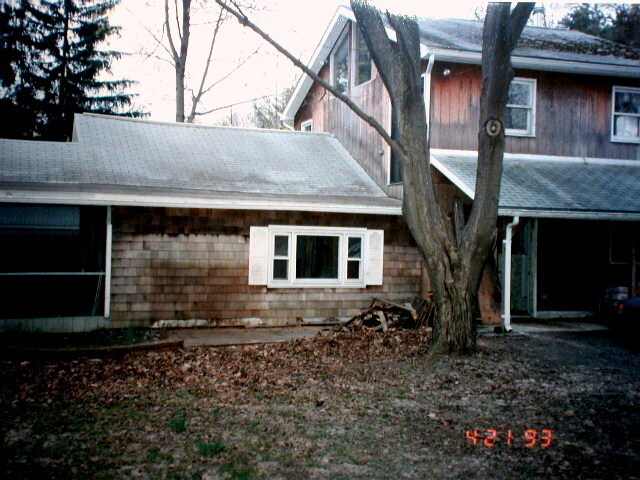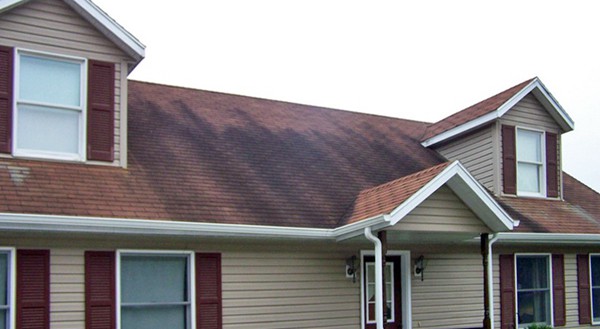While this algae can grow just about anywhere in the continental usa it really likes humid environments.
Why is there a black discoloration on some asphalt roofs.
Roof algae rarely poses a threat to the health of the roof.
The black streaks running down roofs are actually a hardy algae called gloeocapsa magma.
It appears in streaks or patches of slime that can be anywhere from blue green to dark black.
Algae growth on asphalt shingles.
This algae most probably invaded your last roof as well.
Algae may be mistaken for soot dirt or tree droppings most of which typically produce only localized discoloration.
Across the entire eastern half of the country roof shingles tend to grow a species of algae called gloeocapsa magma.
These roof invaders require a moisture rich environment usually.
The algae feed on the limestone in shingles.
This is what makes those unattractive black streaks on your roof.
Gloeocapsa magma is probably the most prevalent of several algae species that contribute to discoloration.
The algae was deposited on your roof by wind and or wildlife.
Why do shingles get algae.
Algae spores are airborne.
The black spots discoloring your asphalt roof are more than likely the pervasive and prevalent algae known as gloecapsa magma.
Algae growth may cause discoloration on roofs resulting in brown or black streaks on a rooftop.
Today s homeowner serves cookies to analyze traffic and better serve you.
One of the common issues i have seen in recent years with asphalt roofing shingles is what is called petroleum discoloration this is where a certain number of shingles might look darker than others on a roof.
Although algae can be found on all types of roofing it tends to be most common on asphalt shingles.
The streaks and discoloration you are now seeing is an accumulation of their dead dark colored cells.
The discoloration usually has a brown to black appearance and may be mistaken for fungus growth soot dirt moss or tree droppings.
Find out how to remove unsightly black stains from asphalt shingle roofs caused by an algae known as gloeocapsa magma that is spread by airborne spores.
The algae will worsen and become more noticeable each year trapping moisture and causing premature shingle aging and granule loss.
As the blue green algae accumulate they develop a dark hardened outer coating which results in the black stains you see.















































